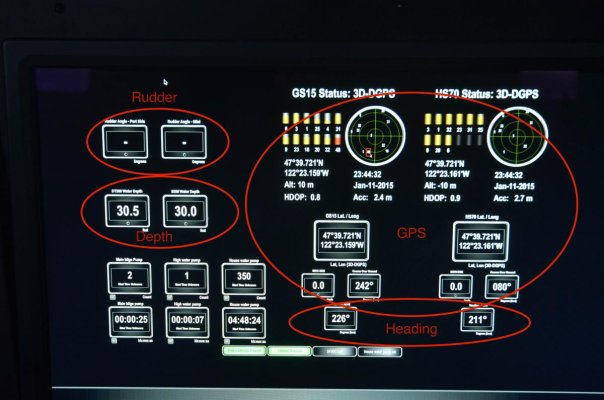N4712
Guru
- Joined
- Apr 22, 2013
- Messages
- 3,607
- Location
- U.S.A
- Vessel Name
- Oliver
- Vessel Make
- Nordhavn 47 Hull# 12
The tough part with all of them in interfacing them into a system that is otherwise N2K. The Class A devices are IMO compliant, so not dependent on N2K. In fact, only the AMEC even has N2K, and it is output only.
There is a whole other post that could be made about the issues of interfacing in a mixed N2K and 0183 environment.
So basically the core problem was source selection and failover with N2k to 0183 converters which are required on IMO devices (IMO devices are 0183) as N2k i guess you could say isn't stable enough to be put in a real world commercial operation.
So lets do an example:
You have a Furuno FAR2117BB Radar that you want to add to your boat which totally N2k. You have to acquire converters that convert data to 0183 so the radar can digest the data. So that's where all the fun ends and the ripping out of hair begins. Say you have multiple heading sources on the N2k network and one is much more accurate then the other, for your radar you want it to have the best heading available but your N2k to 0183 converter doesn't allow you to pick which compass to use. Now that's stupid. This is basically a repeat problem as the Radar requires heading, Nav data, and AIS data which are all 0183.
And that's just half the problem.

